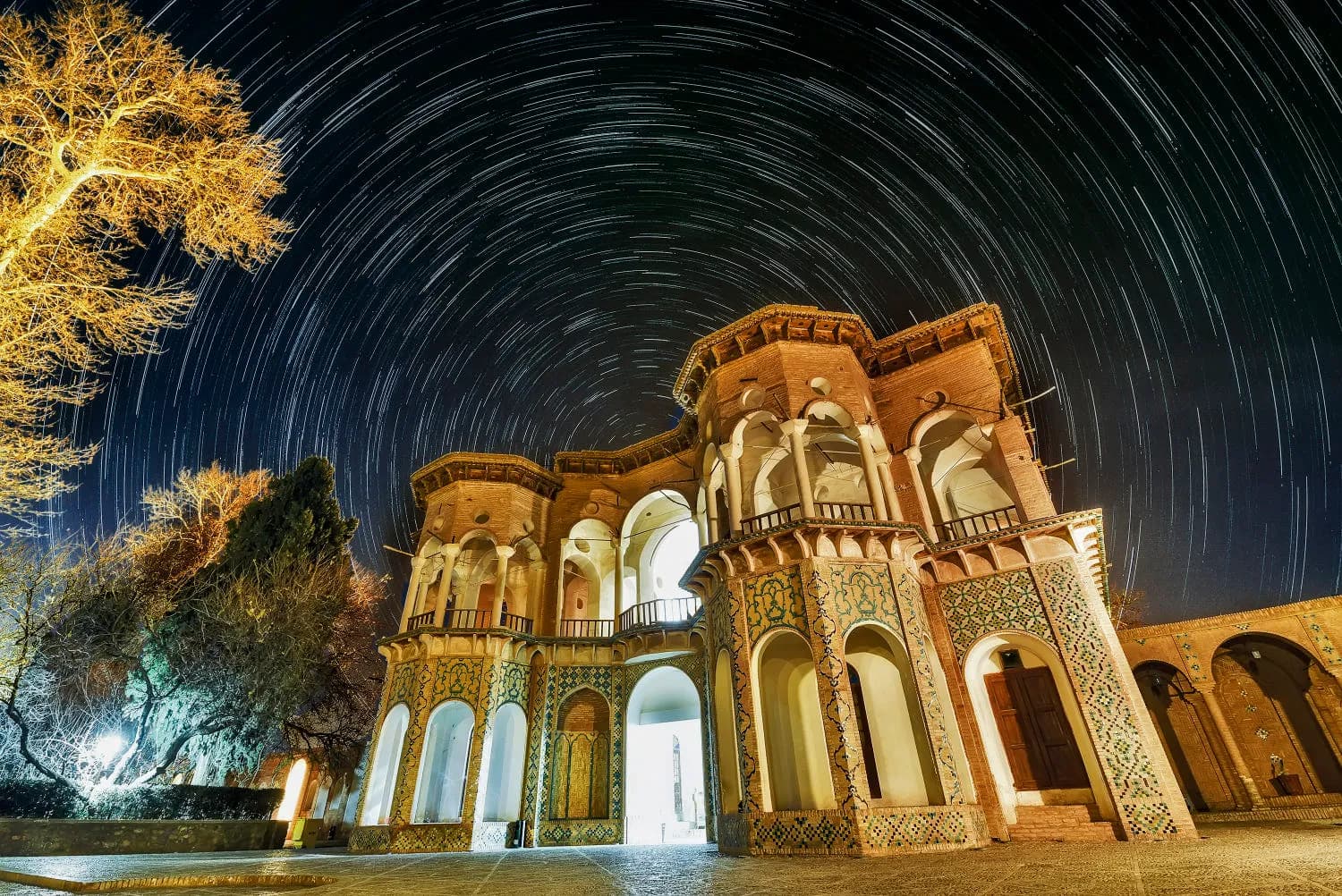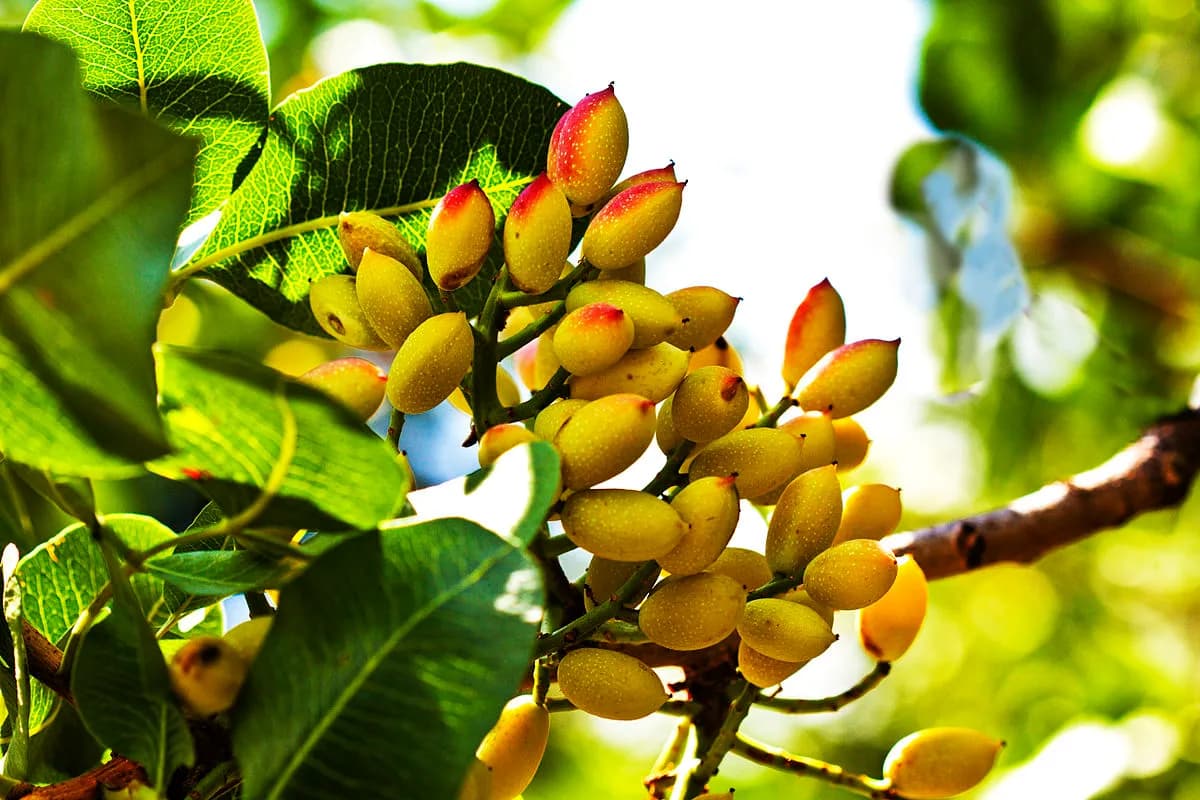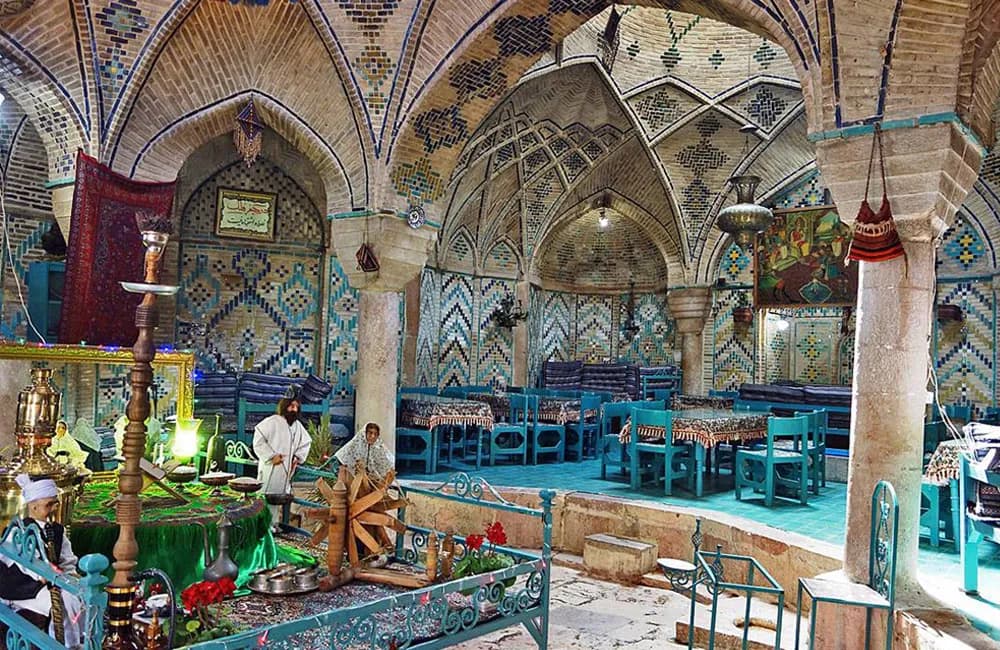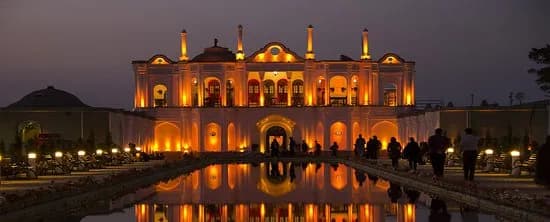About Kerman: The satrapy of Carmania
As the largest province in Iran, Kerman is located in the southeast of the country. This ancient city is one of the oldest cities in Iran which will remind you of the old times. With an area exceeding 180,000 square kilometers, Kerman province enjoys a variety of climates including warm, semi-dry, extremely dry, moderate, and cold. Kerman is a museum of various periods of Iran’s history. Kerman is also known as a crossroad, connecting West to East and North to South.
Karman’s population consists mostly of Persian-speaking Muslims, with a Zoroastrian minority. Kerman is the largest carpet-exporting center in Iran. Kerman is famous for its long history and strong cultural heritage. Kerman became the capital city of Iranian dynasties several times during its history.
Ardeshir I, the founder of the Sasanian Empire, founded Kerman as a defensive outpost with the name Veh-Ardeshir in the 3rd century AD. In the eighth century, the city was famous for its manufacture of cashmere wool shawls and other textiles. The name Kerman was adopted at some point in the tenth century. The present city of Kerman was rebuilt in the 19th century to the northwest of the old city, but the city did not return to its former size until the 20th century.
About the Climate of Kerman
Kerman is located on a sandy plain under barren rocky hills, which is surrounded by mountains on the north and east. Kerman has a cool climate and frequent sandstorms in the autumn and spring. The city of Kerman has a moderate climate. The city has a relatively cool climate.
Kerman World Heritage Sites
Kerman City has a few sites registered in the UNESCO World Heritage Sites. These sites include; Bam Citadel, Shahzadeh Mahan Historical Garden, and Dasht-e Lut which is one of the hottest and driest places on earth. These erosional historic masterpieces are carved by thousands of years by wind and rain which make a must-see in your visit to Kerman. Some of these sites include:
Bam Citadel
Bam city is located on the southern edge of the Iranian high plateau, in Kerman province. This magnificent city is regarded as an outstanding example of an ancient fortified settlement. According to UNESCO, the origins of the Bam citadel can be traced back to the Achaemenid period (6th to 4th centuries BC) and even beyond.
Shahzadeh Mahan Historical Garden
Prince Garden is a green oasis lying in the heart of the desert. This is one of the historical Persian gardens with a rectangular plan. Shazdeh Garden dates back to the thirteenth century. During the Qajar dynasty, the rulers of Kerman and Sistan ordered the construction of this Garden. This is one of many Persian gardens listed in UNESCO World Heritage Sites.
Attractions of Kerman
In the middle of the desert, you can find Kerman the city of civilization and culture, inhabited by warm-hearted and hospitable people. Kerman also has some of the most delicious dishes and stunning historical sites. Kerman is culturally, industrially, and politically considered one of the five significant cities in the country with a long history and a prolific cultural heritage. Some of the tourist attractions of Kerman include:
Shahzadeh Mahan Historical Garden of Kerman
Shahzadeh Garden is one of the most important places in Kerman for travelers. Shahzadeh Garden or Shazdeh Garden dates back to the Qajar period. This rectangular garden has an area of more than 3 hectares. Tall and lush trees, ponds, fountains, and rocky streams that flow throughout the garden, give you a sense of life and freshness.
Kerman’s Fath Abad Garden
Also known as Bigler Beigi Garden, this is one of the most beautiful gardens in Iran. This garden belongs to the Qajar period and you can see its royal architecture in its mansion. Abandoned for years, some of the trees of this garden dried up, but the garden has been revived nowadays. Fath Abad Garden is located in Ekhtiar Abad city, 25 km outside of Kerman.
Arg-e Bam or Bam Citadel
As the largest Adobe building in the world, Bam Citadel is registered on the UNESCO World Heritage list. The Bam earthquake of 2003, left this magnificent building severely damaged, but after 15 years of reconstruction of this Arg, this amazing building is bringing back tourists. Bam Citadel is in Bam City, which is about 2 hours away from Kerman.
Kerman Historical Bazaar
Vakil Bazaar, or Kerman National Bazaar, is the second oldest bazaar in Iran after Tabriz Bazaar. Covering a 1.5 km distance, this grand bazaar starts from Arg Square and reaches Mushtaqieh Square. This is the place to buy your souvenirs of Kerman since you can basically find everything the city has to offer in this bazaar.
Kerman Medical View
Kerman has some of the most up-to-date hospitals with state-of-the-art equipment. Kerman’s s surgeons are some of the most qualified, and active in all medical areas. Some of the most well-known Kerman hospitals include Afzalipour Hospital, Doctor Bahonar Hospital, Raziye Firoz Hospital, and Mehregan Hospital (specializing in General Surgery treatments).




















